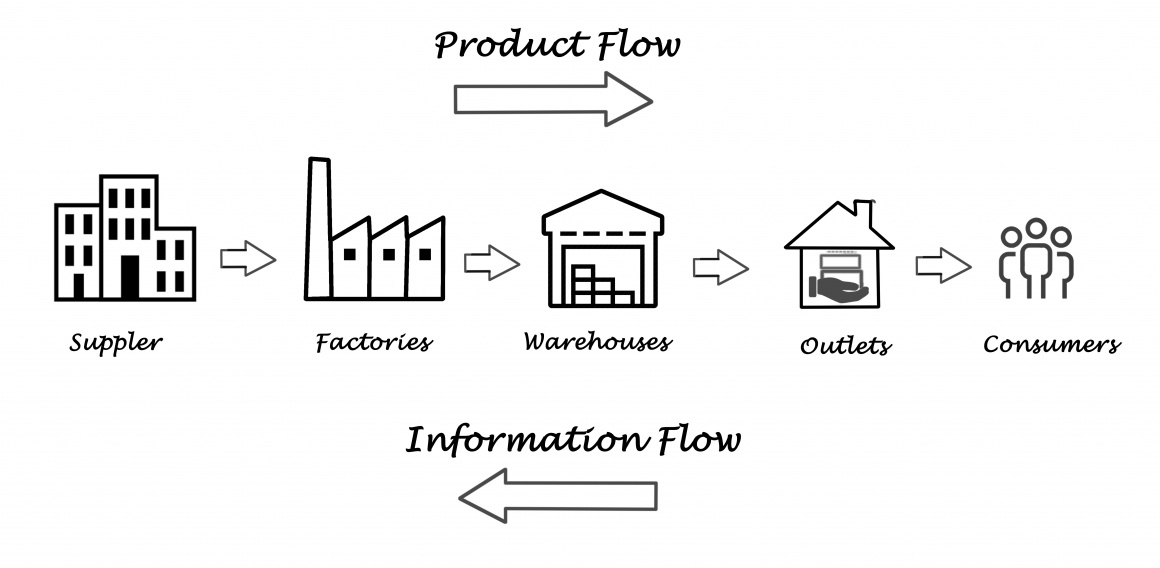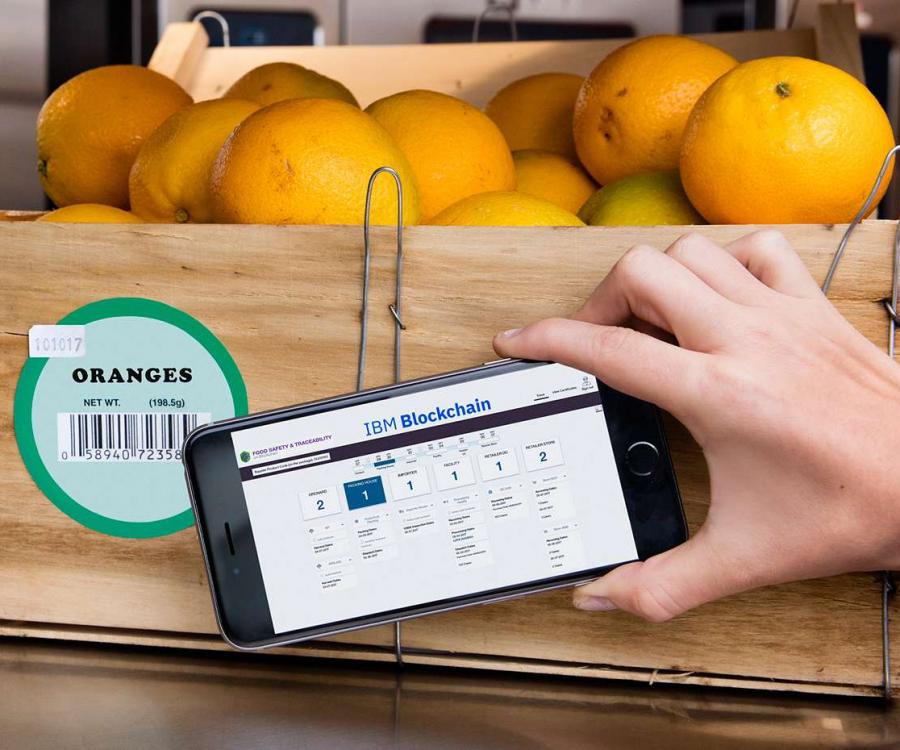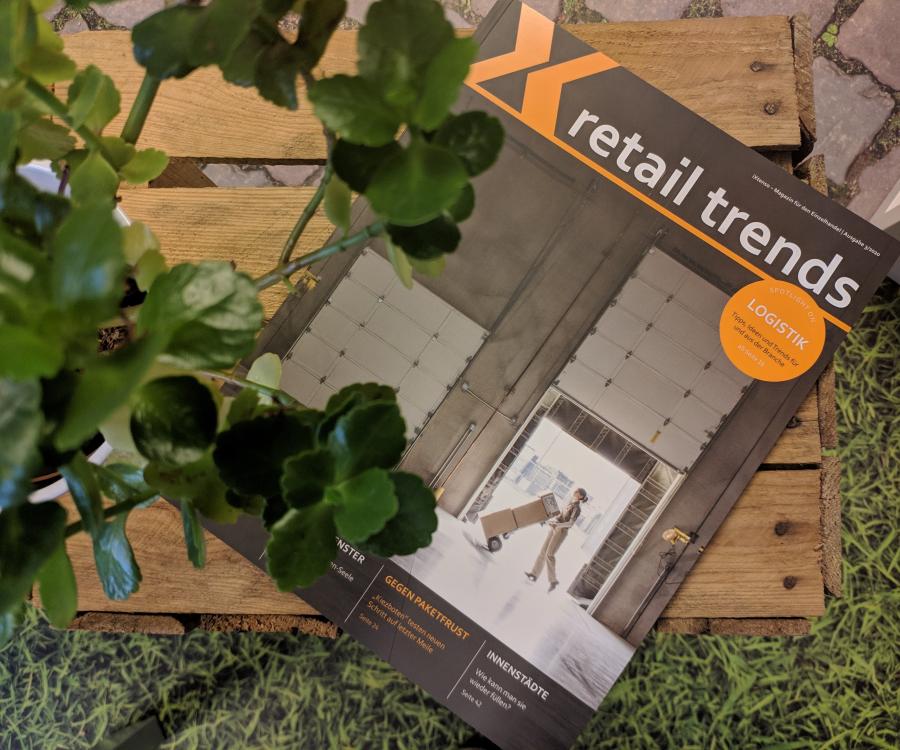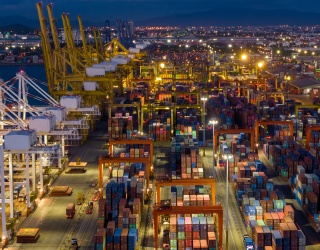A chain consists of many small individual links and only works as a whole when these links connect effectively. After all, a chain is only as strong as its weakest link. The same principle applies to supply chains. What are the best practices for retailers to optimize their processes?
Here are some tips to improve your supply chain strategy.
Know the components of a supply chain
To protect and continuously improve their supply chain, retailers must know all participants and be aware of all supply chain processes. Retailers should be able to answer key questions: Is one of your suppliers in a crisis or impacted region? Do you obtain products from countries that are amid a rainy season?
Transparency and information flow
You should not be the only party to be in the know. All participants in the supply chain - producers, packers, suppliers, warehouse staff, and store employees - must be well-informed about the processes. Don’t hesitate to put all your 'information' cards on the table and be transparent about all processes and operations: Keep your partners informed about any short-term changes. Use digital technology and real-time management tools to ensure a holistic approach and subsequent success.

Supply chain planning: Time is money
It’s essential to track the time all processes and activities take. How long does it take to manufacture the products you plan to sell? How long does it take to prepare for transportation and what is the delivery destination? Supply chain time management must incorporate all these factors. But that’s not all because once the goods have arrived at the respective warehouse, they must still be unpacked and placed on retail shelves. Logistics time management once again plays an important role in this setting. Other essential factors in supply chain optimization: on-time delivery and arrival of goods, warehouse management, human resource management, and customer flow through stores.
Minimizing supply chain risk
You must identify and include as many factors as possible in your supply chain planning and create a supply chain map. This allows you to pinpoint and minimize potential risks. You can classify them into two categories: What are everyday risks such as weather-related delivery disruptions or seasonal demand fluctuations? And what are unpredictable, catastrophic disruptions and exceptional risks such as manufacturing disruptions prompted by natural disasters or damaged delivery vehicles?
Insuring supply chain risk
Process optimization and adaptations can mitigate everyday risks (as outlined in Point 3). However, exceptional risks could potentially interrupt and threaten the business. Risk exposure should therefore be controlled by using insurance. As a general rule, everything that’s recordable – processes, capabilities, or basic parameters - should be visible across all supply chain partners. (Digital) checklists or separate contracts that specify acceptance criteria and quality requirements are helpful tools in this case. All supply chain parties should note that detailed and realistic planning, contractual obligations, and transparent processes minimize the risk of any individual or entity.










